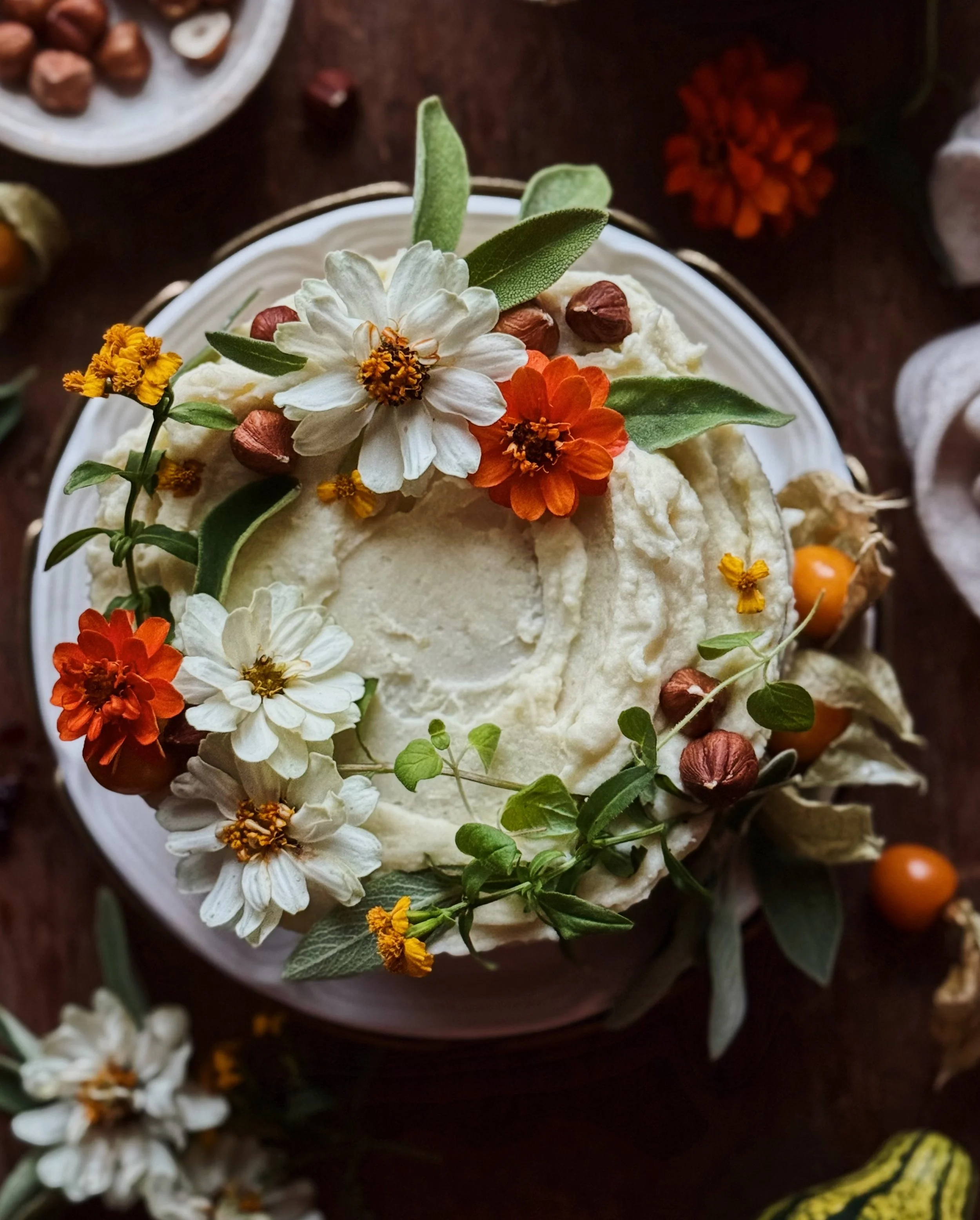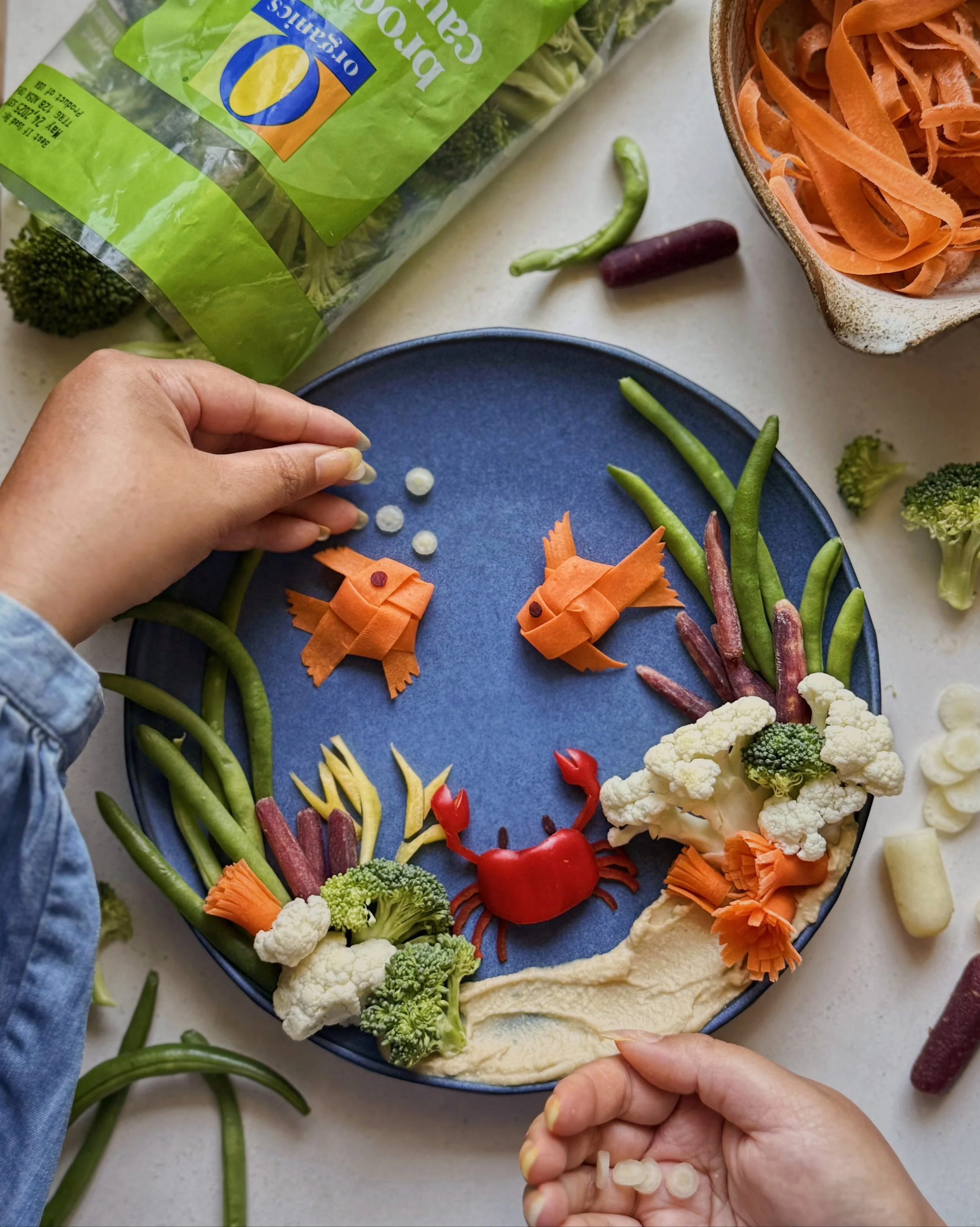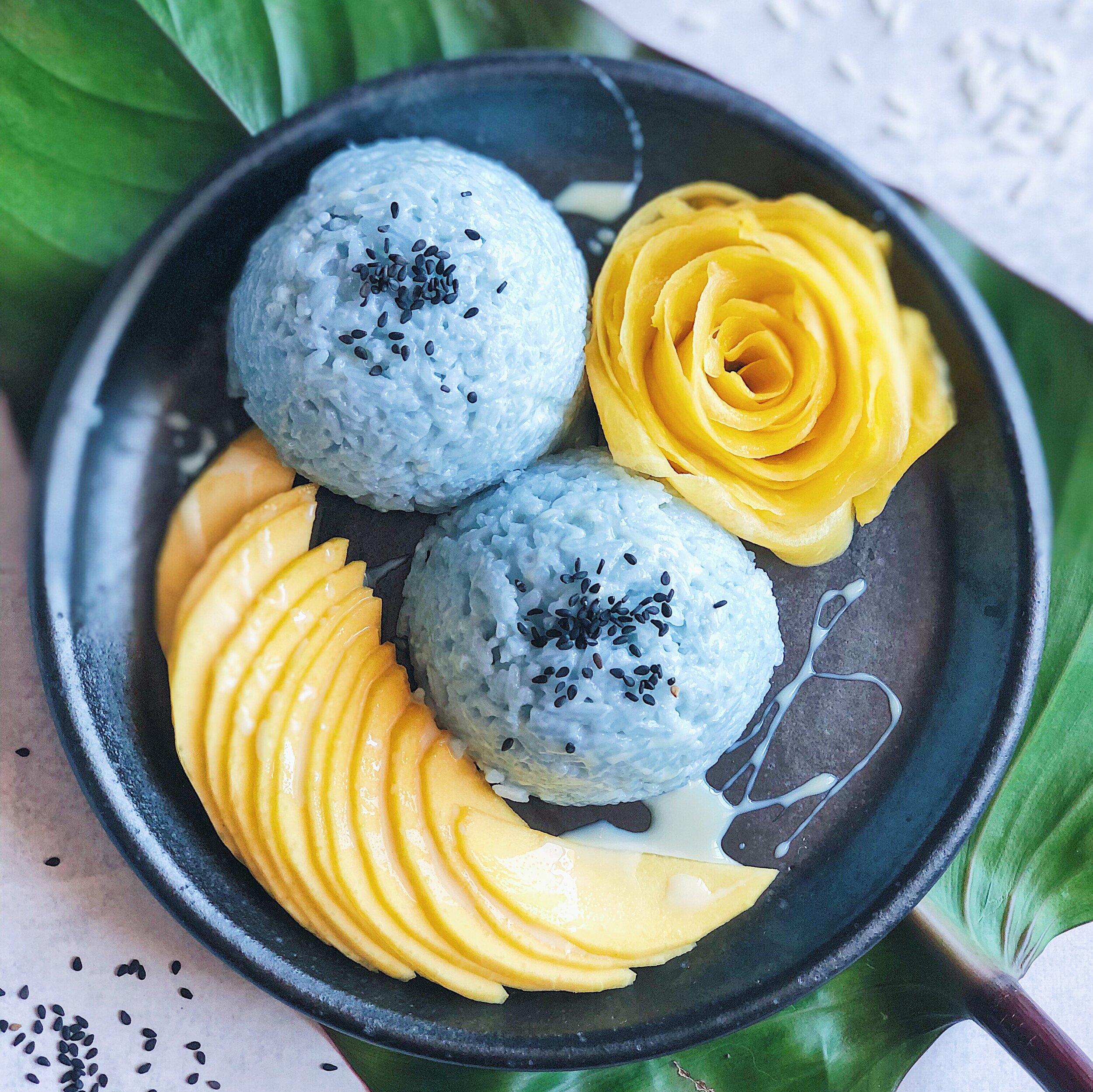Procedure
Generously (very generously!) rub salt, pepper, and five spice onto the rib pieces and heat up a large pan on the stove on high. Once hot, turn down to medium-high and add a splash of oil, then the beef short ribs and sweet onion. Seer all sides of the short ribs and onions, adding the garlic and ginger halfway through the process. After ribs are seared and aromatics are charred, dump everything into the slow cooker.
Turn the heat down to low and add 2 tablespoons of fish sauce and a splash of water to deglaze the pan. Add all the pan bits to the slow cooker along with the star anise and brown sugar. Add the bone broth plus about 32 oz of water
Set the slow cooker to high and cook for 4 hours.
In the meantime, prep the fresh ingredients.
Cook pho noodles according to the instructions on the package, or until they are just barely al dente. The hot broth will soften them even further.
Carefully remove the short ribs from the broth. If desired, remove the meat from the bone and slice (or, serve the bowls with meat attached to the bones). At this point, taste the broth for seasoning and add more fish sauce if desired.
To assemble, place cooked noodles in a bowl. Ladle the hot broth on top, add the short rib, and garnish with the thinly sliced onion and cilantro. Serve everything else on the side along with some Sriracha and hoisin sauce.




































